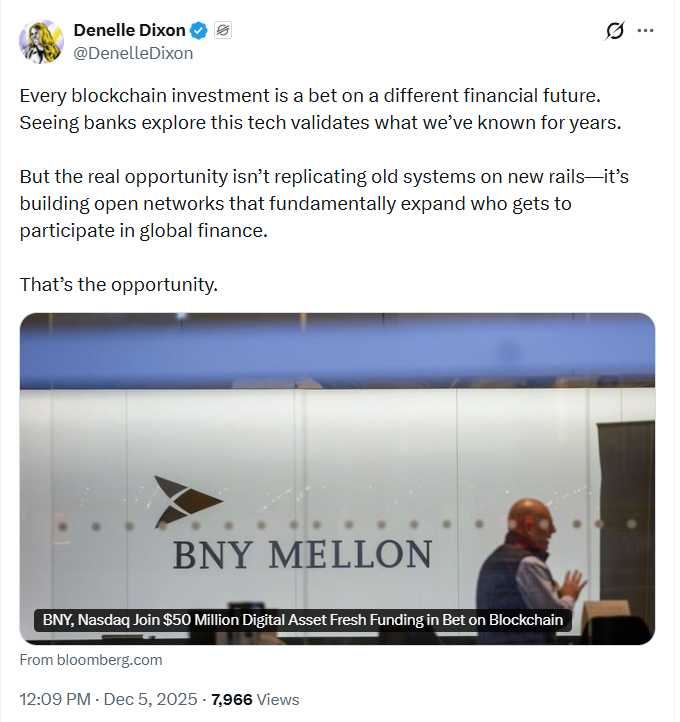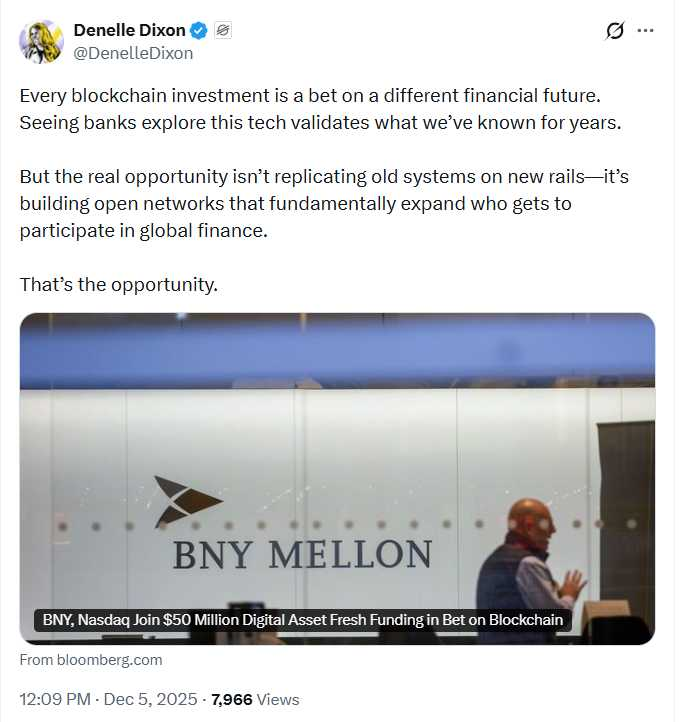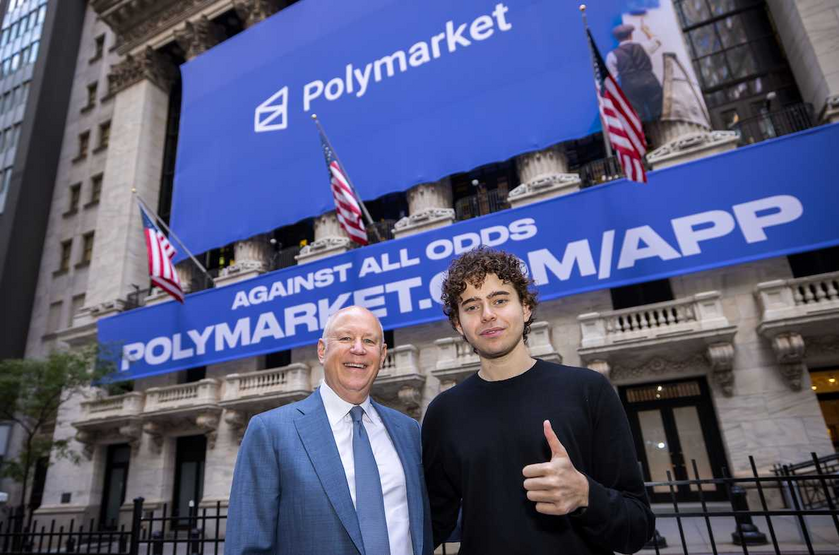President Trump’s administration reportedly plans to eliminate capital gains taxes on cryptocurrencies issued by U.S.-registered companies. 👉If enacted, this move would exempt American investors from taxes on profits gained from holding certain digital assets.
Should it happen, this shift could drive significant capital inflows toward US-based cryptocurrencies and bolster domestic economic incentives, aligning with the administration’s objective to establish the United States as a global leader in the digital assets sector.
According to ColdAI founder Shayan Salehi, a Trump Transition Team member stated that the legislation would only apply to assets issued by entities that registered within US borders before their tokens’ issuance. However, an outlined relocation pathway would allow foreign entities to reestablish in the US to benefit from this exemption.
Should it materialize, the policy is positioned as a transformative advantage for U.S.-issued cryptocurrencies, including Cardano (ADA), Algorand (ALGO), Ripple (XRP), and Hedera Hashgraph (HBAR), which may gain considerable market appeal over foreign tokens.
The policy would align with industry expectations. Former SEC head Jay Clayton commented to Reuters that
“I think we will see crypto legislation, I think it becomes much easier to have crypto legislation if you’re tackling some of these problems that can be tackled at the executive and the administrative level.”
The incentive could prompt a shift in investment strategies, favoring domestically issued assets and potentially reshaping the crypto market’s landscape by driving competition among jurisdictions. While the proposal remains unconfirmed, speculation on its broader implications is widespread.
Industry insiders, including sources close to Dennis Porter, a notable Bitcoin advocate from the Satoshi Action Fund, have indicated that several US states may introduce legislation supporting a Strategic Bitcoin Reserve, marking an expansion in state-level crypto initiatives.
According to Porter, multiple cabinet picks within the administration endorse the idea, with some proposing federal backing for Bitcoin reserves.
Concurrently, rumors circulate that at least five other countries are preparing to implement national Bitcoin Reserve laws, underscoring a growing international movement toward government-held digital assets.
Per these speculations, such a policy could incentivize digital asset creation within US borders, potentially attracting companies considering tax-efficient frameworks.
Predictions for Bitcoin this cycle, should a fraction of the above become reality, could be dizzying. Porter recently stated,
“The jump from $100k to $1mil will happen much faster than people realize. Gradually then suddenly.”




























